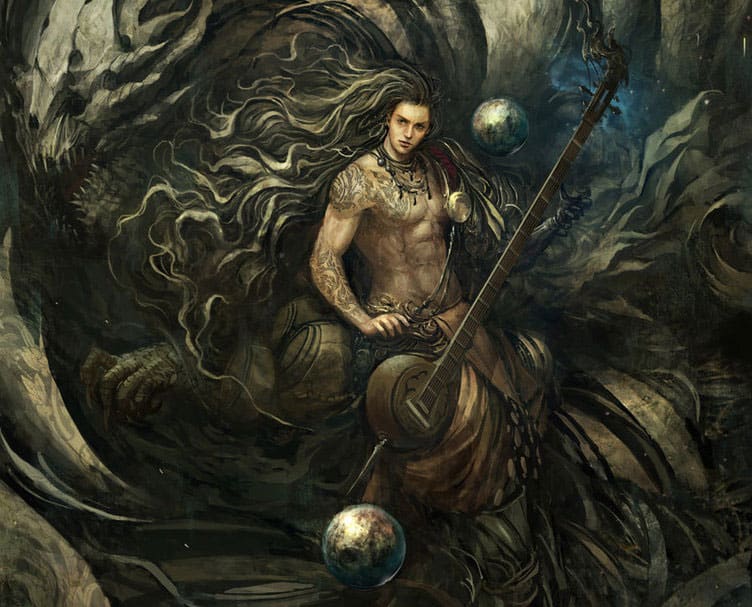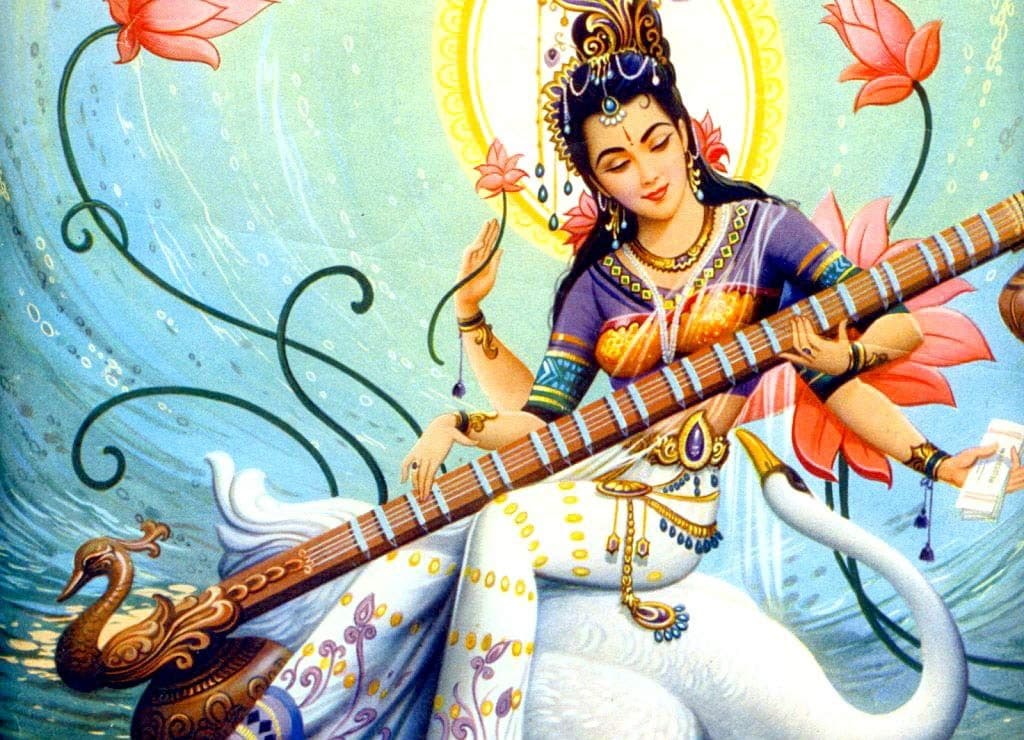
The Sacred Symbolism of 108: Exploring its Significance in Vedic Traditions
Introduction:
In Vedic practices, the number 108 holds profound symbolic value across various aspects of spirituality, including astrology, chants, prayers, and philosophical texts like the Upanishads. This article delves into the significance of the number 108 and its representation of completeness, cosmic order, and spiritual connection in Vedic traditions.
The Significance of 108 in Vedic Astrology:
Vedic astrology, known as Jyotish, revolves around the concept of the "nava graha" or the nine celestial bodies. These include the Sun, Moon, Mars, Mercury, Jupiter, Venus, Saturn, as well as the lunar nodes Rahu and Ketu. In conjunction with the twelve signs of the zodiac, these nine planets form the foundation of Vedic astrology. Multiplying the nine planets by the twelve signs yields the sacred number 108, which symbolises the harmonious interplay of cosmic forces.

Symbolism Across Different Practices:
- Numerical Significance:
- 1 represents the universe or the ultimate reality.
- 0 represents nothingness or completeness.
- 8 represents infinity or eternity.
Combining these three elements, 108 embodies the entirety of existence and the interconnectedness of all things.
- Astronomy and Nakshatras:
In Vedic astrology, there are 27 constellations or nakshatras, with each associated with a specific direction (North, South, East, or West). Multiplying the 27 nakshatras by the 4 directions yields 108. This connection aligns the cosmic energies represented by the nakshatras with the vastness of space and the interplay of directional forces.

- Chants and Mantras:
Many sacred mantras and prayers in Hinduism are chanted 108 times. The repetition of these mantras is believed to purify the mind, align the individual with cosmic vibrations, and facilitate a deep spiritual connection. Each chant, with its rhythmic repetition, becomes a journey towards self-realisation and unity with the divine.
- Bead Malas and Meditation:
Hindu and Buddhist prayer malas (rosaries) typically consist of 108 beads, with an additional "guru bead" representing the teacher or the divine. By counting each bead during meditation or prayer, one can cultivate focus, mindfulness, and spiritual awareness. The 108 beads symbolise the path towards enlightenment and the realisation of higher consciousness.
- Time and Distance:

Ancient Indian systems, including yoga and martial arts, sometimes use 108 as a standard measurement. For example, the practice of Surya Namaskar (Sun Salutation) consists of 12 sets of 9 postures, totaling 108. This measurement serves as a metaphorical representation of the cosmic cycle and the alignment of the body, mind, and spirit.
- Energy Centers:
Some spiritual traditions believe that there are 108 energy lines converging to form the heart chakra, the center of love and compassion. Additionally, it is believed that there are 108 energy lines connecting to the crown chakra, the gateway to higher consciousness. This symbolic connection reinforces the idea of 108 as a bridge between the individual and the divine.

Conclusion:
The number 108 carries profound symbolism in Vedic traditions, representing the interconnectedness of cosmic forces, the pursuit of spiritual realization, and the alignment of the individual with the divine. Whether through astrology, chants, prayers, or philosophical texts like the Upanishads, the significance of 108 permeates various aspects of Vedic practices, offering seekers a pathway towards unity, completeness, and spiritual enlightenment.
By Mamta Rajbhar

